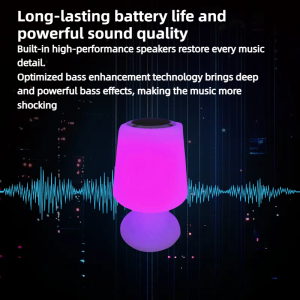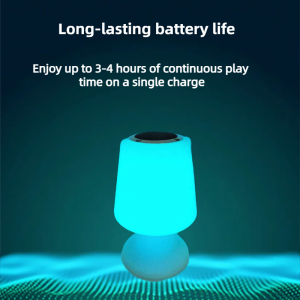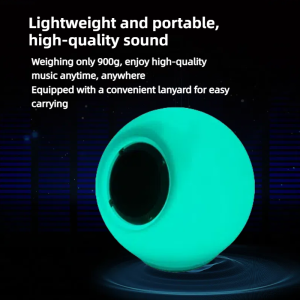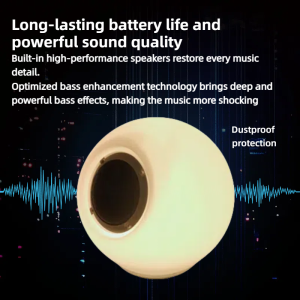Description
bluetooth speaker no microphone
ion bluetooth speaker microphone not working
k12 bluetooth speaker mic not working
Products Description
Mood Light Bluetooth Speakers for Home
The Bluetooth speaker comes with 64 million colors of lights, which will change and flicker with the speed of the music. When the volume of the Bluetooth device is at 80-90% of the total volume, the light will flicker at a high frequency with the speed of the music. When the volume of the Bluetooth device is at 70-80% of the total volume, the light will flicker at a low frequency with the speed of the music. When the volume of the Bluetooth device is below 70% of the total volume, all 64 million colors of lights will be automatically turned off, and the Bluetooth speaker system will automatically enter the hypnosis mode. At this time, the sound it plays is like a lullaby, giving people a comfortable rest environment. In addition, press and hold the power button for 3 seconds, and the Bluetooth speaker will enter the night light mode (i.e. warm white light lighting mode).
| Parameter | |
| Description | Music control lights; Long-life RGB Colorful LED Light;Waterproof and Sunproof;Switch and smart phone control;Rechargeable Lithium Battery |
| Size | 15*15*15,20*20*20,35*35*35cm |
| Material | Import PE |
| Led quantity | 6RGB+6W SMD |
| Channels | mono or stereo |
| Bluetooth work distance | 20M |
| Input voltage | 100-240V 50/60Hz |
| Adapter voltage | 5VDC, make adater plug for fit for different country |
| Power | 5w-100w |
| Charge time | 3 hours |
| Working time | 8 hours |
| Name | bluetooth speaker music control led flashing cube light |
| Use of venues | hotel,party,club,garden,home |
| Work mode | The lights change with the music |
| Colors | 64million colors |
| Net weight and gross weight | 1-2kg/2-3kg |
| Product size | L* w* h: 15*15*15,20*20*20,35*35*35 (cm) |
| Packaging size | L* w* h: 17*17*17,22*22*22,37*37*37 (cm) |
Details Images
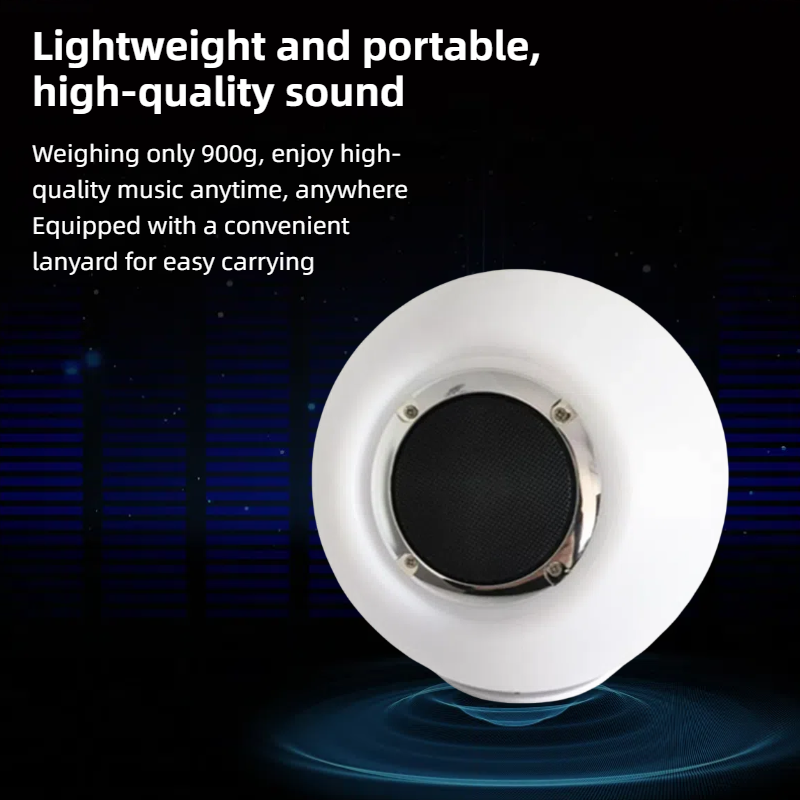
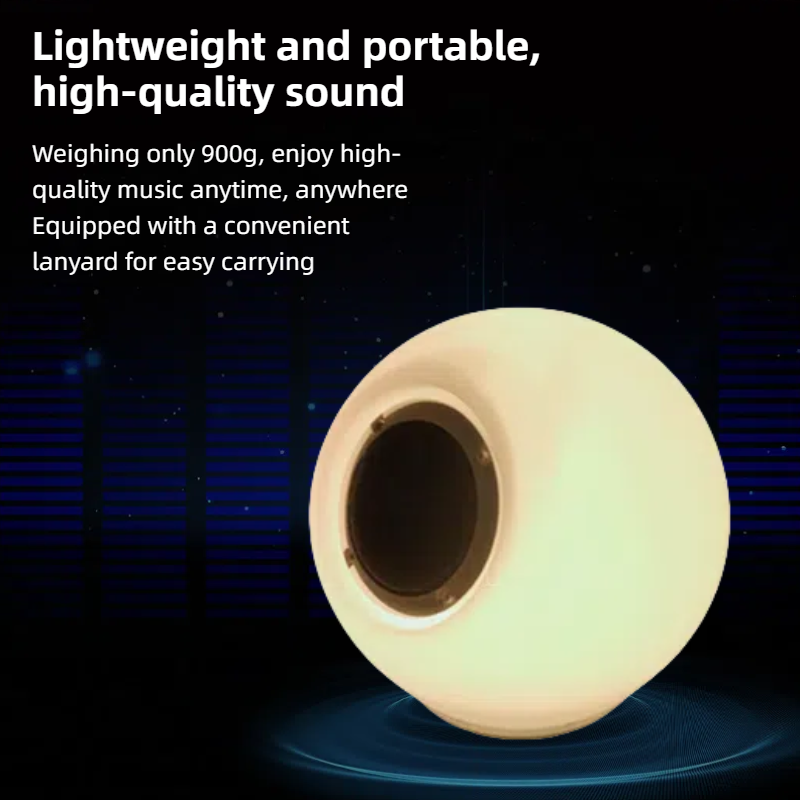
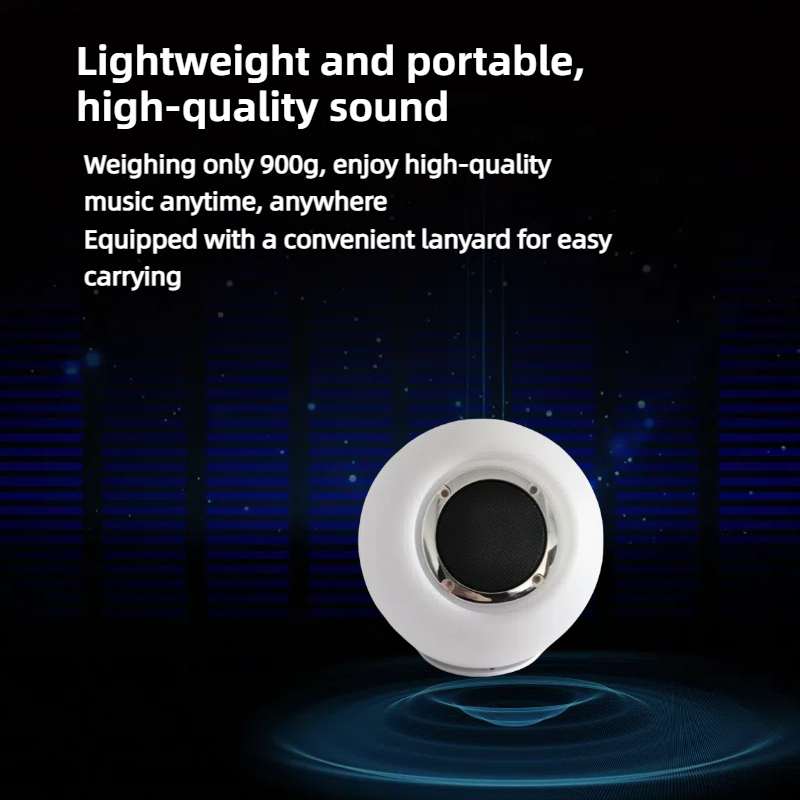


bluetooth speaker quality loss
Bluetooth Speaker Quality Loss: Causes and Prevention
In the pursuit of an enhanced audio experience, Bluetooth speakers have become a popular choice for many consumers. However, despite their convenience and wireless capabilities, issues such as quality loss can arise, affecting the overall listening experience. In this article, we will delve into the factors that can lead to quality loss in Bluetooth speakers and explore strategies to prevent it.
Causes of Quality Loss in Bluetooth Speakers
1. Wireless Interference: Bluetooth technology operates on specific frequencies, and interference from other electronic devices, such as microwaves, cordless phones, or neighboring Bluetooth devices, can disrupt the signal, leading to a degradation in sound quality.
2. Distance: Bluetooth speakers have a limited range, typically around 30 feet (10 meters). When the speaker is too far from the Bluetooth source, the signal strengths, resulting in a weaker sound output and potential quality loss.
3. Battery Life: As Bluetooth speakers rely on battery power, the sound quality can suffer as the battery drains. Some speakers may experience a drop in performance as the battery life diminishes.
4. Compatibility Issues: Not all Bluetooth devices are created equal. Some speakers may not be compatible with certain devices or may not support all Bluetooth features, leading to a compromised audio experience.
5. Environmental Factors: External factors such as humidity, temperature, and dust can affect the performance of Bluetooth speakers, potentially leading to quality loss.
Prevention Strategies
1. Optimize Device Placement: To minimize wireless interference, position the Bluetooth speaker away from other electronic devices and in a clear line of sight from the Bluetooth source. This will help maintain a stable connection and ensure consistent sound quality.
2. Keep the Speaker Charged: Regularly charging the Bluetooth speaker will help maintain its performance levels. Avoid using the speaker when the battery is critically low, as this can lead to a drop in sound quality.
3. Update Firmware and Software: Keep both the speaker’s firmware and the Bluetooth software on your device up to date. Manufacturers often release updates to improve compatibility and fix issues that could affect sound quality.
4. Use High-Quality Cables and Connections: If using an external audio source, ensure that the cables and connections are of high quality to prevent signal degradation.
5. Choose the Right Speaker: When selecting a Bluetooth speaker, consider one that has a longer battery life, offers better signal range, and is compatible with your devices. Reading reviews and choosing a reputable brand can help ensure a high-quality audio experience.
6. Use the Speaker in the Right Environment: Avoid using Bluetooth speakers in extreme temperatures or high humidity, as these conditions can affect their performance.
7. Check for Updates: Some speakers offer firmware updates over-the-air. Check for any available updates and install them to keep the speaker’s performance optimal.
Conclusion
Bluetooth speaker quality loss can be a frustrating experience, but by understanding the causes and implementing preventive measures, users can enjoy a superior audio experience. With proper care and maintenance, Bluetooth speakers can provide years of high-quality sound.




